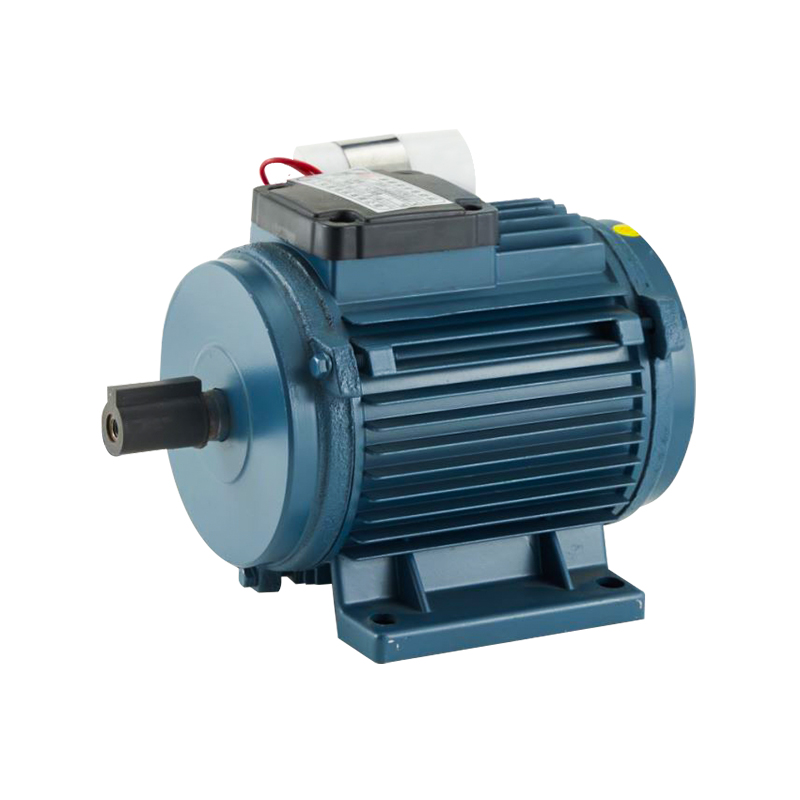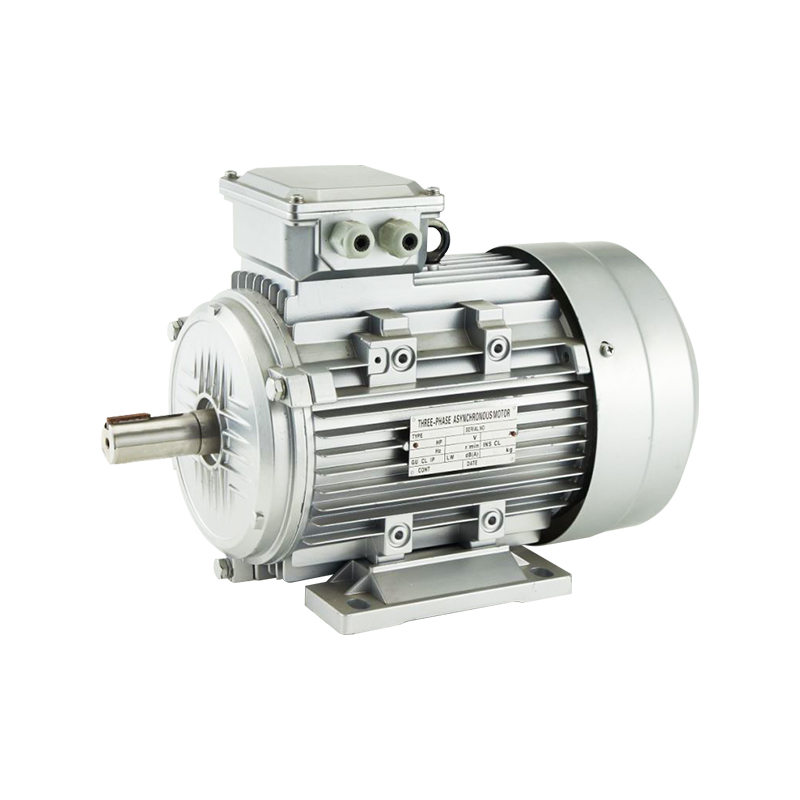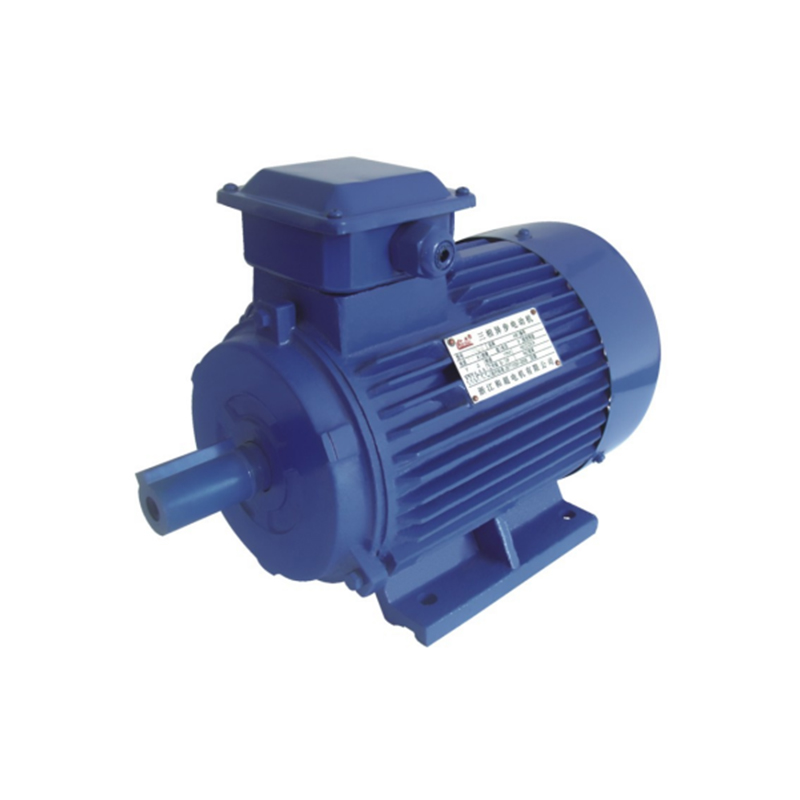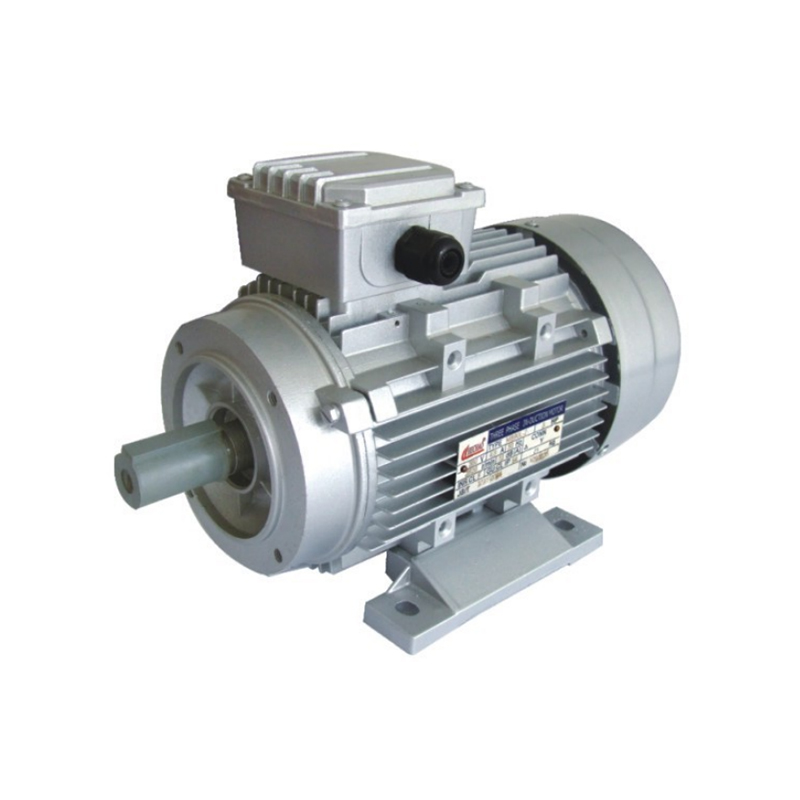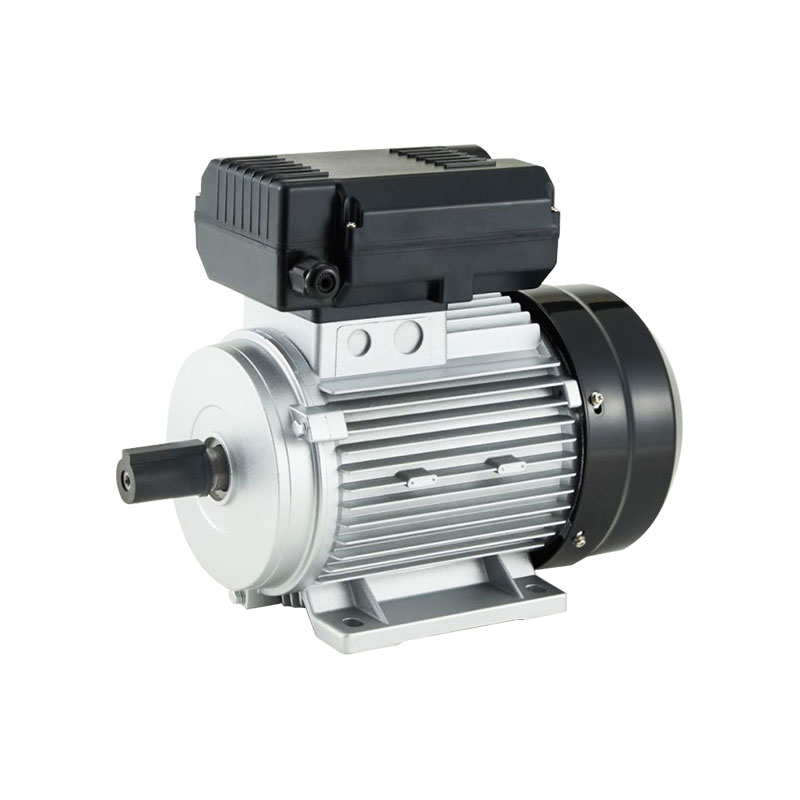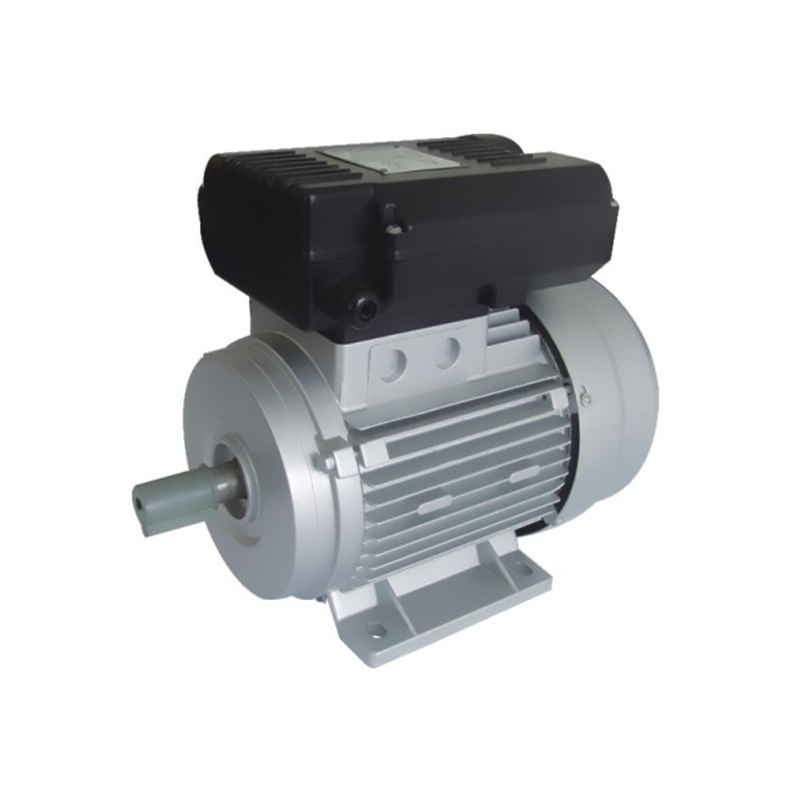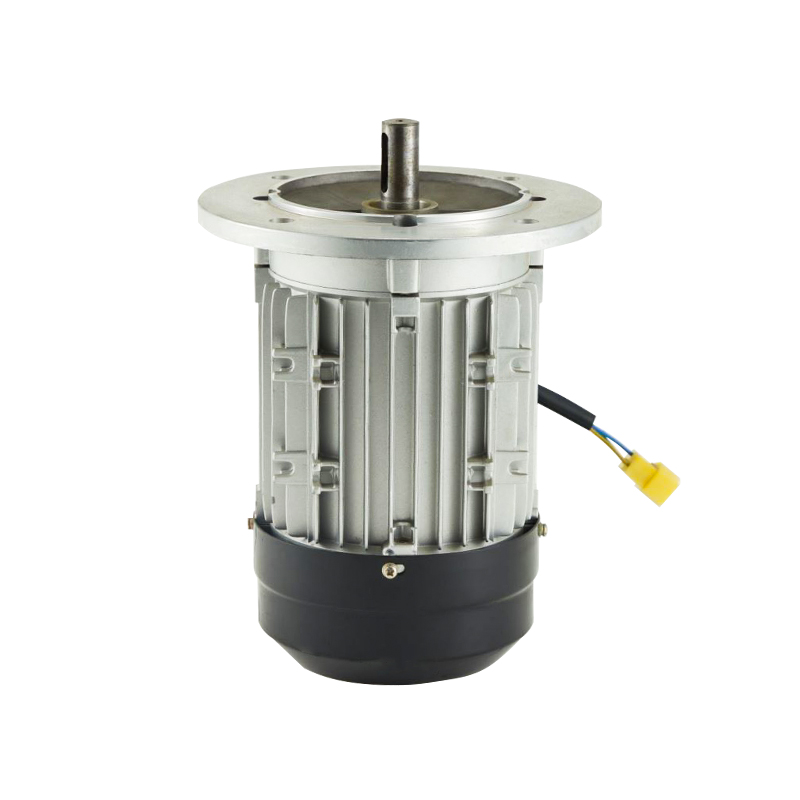In the world of industrial and commercial machinery, motor technology plays a crucial role in determining efficiency, performance, and operational costs. Two common types of motors used in various applications are Permanent Magnet Motors and traditional induction motors. Among their many uses, Permanent Magnet Motors are increasingly favored in Cleaning Machine Motors due to their advanced performance and energy efficiency.
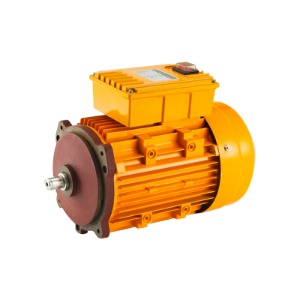
1. Higher Energy Efficiency
One of the more significant benefits of Permanent Magnet Motors is their energy efficiency. Unlike induction motors, which rely on electromagnetic induction to generate a magnetic field, Permanent Magnet Motors use high-strength magnets to create a constant magnetic field. This reduces energy losses, making them more efficient in applications like Cleaning Machine Motors, where continuous operation is common.
Studies show that Permanent Magnet Motors can achieve efficiency levels of 90% or higher, while traditional induction motors typically range between 80-85%. This improved efficiency translates into lower electricity consumption, reducing operational costs for businesses relying on Cleaning Machine Motors and other industrial equipment.
2. Better Power Density and Compact Design
Permanent Magnet Motors offer a higher power density compared to induction motors, meaning they can deliver the same (or greater) power output in a smaller and lighter package. This is particularly beneficial for Cleaning Machine Motors, where space and weight constraints may be a concern.
The compact design of Permanent Magnet Motors allows for more flexible installation in cleaning equipment, making them ideal for portable or automated cleaning systems. Additionally, their reduced weight contributes to lower mechanical stress on moving parts, enhancing the overall durability of Cleaning Machine Motors.
3. Improved Speed Control and Performance
Precise speed control is crucial in applications such as Cleaning Machine Motors, where varying operational speeds may be required for different cleaning tasks. Permanent Magnet Motors excel in this aspect due to their ability to maintain consistent torque across a wide speed range.
Unlike induction motors, which may experience torque drops at lower speeds, Permanent Magnet Motors provide stable performance, ensuring smooth operation in Cleaning Machine Motors even under fluctuating loads. This makes them highly suitable for advanced cleaning systems that require adaptive speed adjustments.
4. Reduced Maintenance Requirements
Traditional induction motors have brushes and slip rings that wear out over time, requiring regular maintenance. In contrast, Permanent Magnet Motors have a simpler design with fewer moving parts, significantly reducing maintenance needs.
For Cleaning Machine Motors, this means longer service life and fewer downtimes, pilot to increased productivity. The absence of brushes also less the risk of sparking, making Permanent Magnet Motors a safer choice for cleaning equipment used in sensitive environments.
5. Lower Operating Costs Over Time
While the initial cost of Permanent Magnet Motors may be higher than induction motors, their long-term savings make them a cost-effective investment. The combination of higher efficiency, reduced energy consumption, and fewer maintenance leads to lower operational expenses over the motor’s lifespan.
For businesses using Cleaning Machine Motors, switching to Permanent Magnet Motors can result in substantial savings on electricity bills and maintenance costs. Additionally, their extended durability ensures a longer replacement cycle, further enhancing cost efficiency.
As technology continues to evolve, Permanent Magnet Motors are expected to play an even larger role in improving the performance of Cleaning Machine Motors and other motor-driven equipment. Businesses looking to upgrade their systems should consider these advantages when selecting the right motor for their needs.

